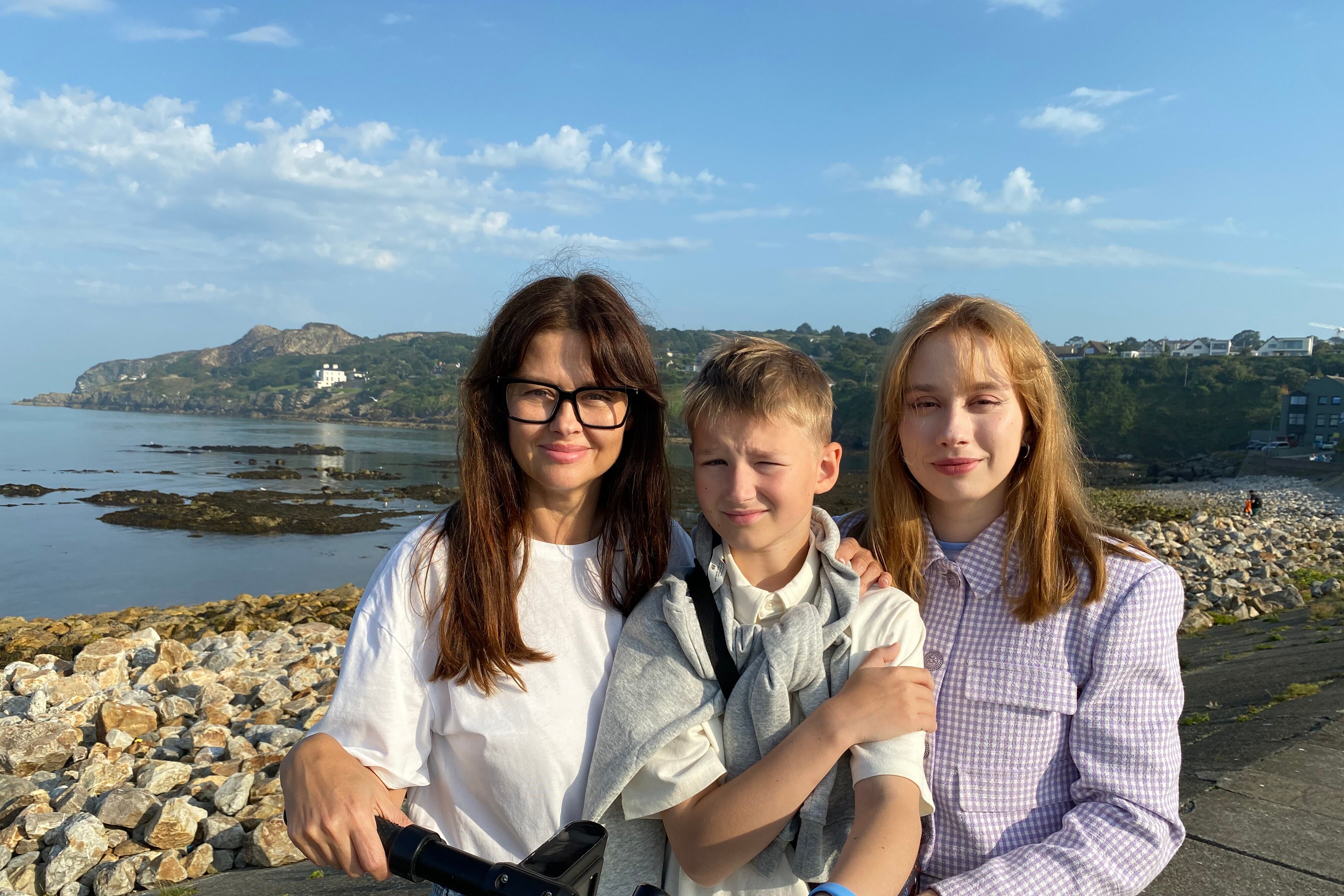To understand the dogged stubbornness of president Volodymyr Zelenskiy, you must come to his hometown of Kryvyi Rih in south-central Ukraine.
The name means curved horn, an allusion to the 125km arc of iron mines and steel plants which make Kryvyi Rih the longest municipality in Europe. Heavy industry is the main employer.
Kryvyi Rii has been called the most Soviet of Ukrainian cities. Dreary, late Soviet architecture is alleviated by a profusion of trees. Russian remains the mother tongue of many citizens.
Professor Andrii Shaikan is the rector of the State University of Economy and Technology and was a year in advance of Zelenskiy when they attended the university. If he seems a little down, Shaikan explains, it is because he has just returned from the funerals in Chernihiv of friends killed in Russian missile attacks.
READ MORE
Valentyn Orlov, a professor of public administration, joins us in the conference room where Zelenskiy once defended his thesis. The window is cracked from the July 31st missile strike, which wounded Natalya Volosheniuk, the president’s finance teacher.
The university is nearly empty because residents of Kryvyi Rih fear Vladimir Putin may mark Ukraine’s Independence Day with more salvoes of missiles. The thick-walled building is like a summary of Ukrainian history. A Jewish school at the end of the 19th century, it became headquarters for the Bolshevik intelligence service NKVD, then the seat of the Gestapo during the Nazi occupation – all before Zelenskiy studied here. The facade is scarred by attacks past and present.
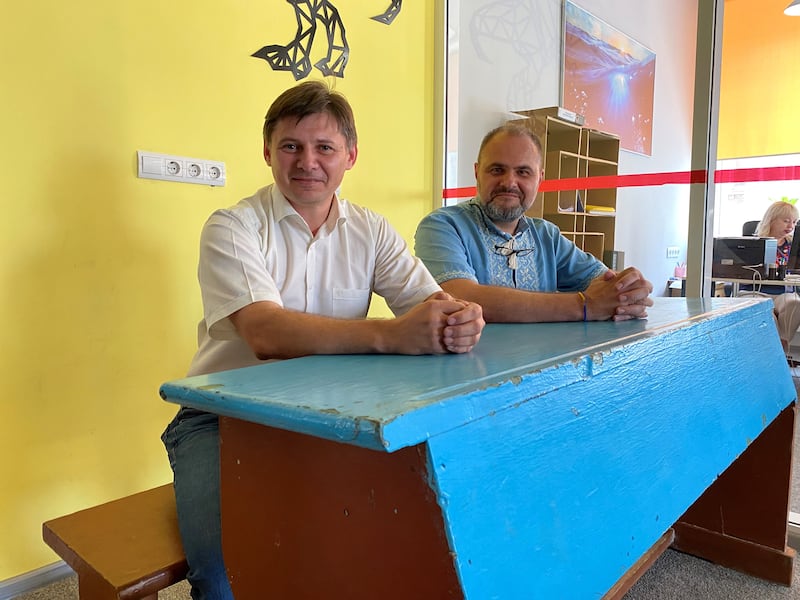
Shaikan met Zelenskiy in 1996 through the university’s spring festival, a vestige of Soviet times which was revamped to encourage students creativity and management skills. Each faculty was allotted a budget for theatre production. “I saw Volodymyr on stage and I realised we didn’t have a chance,” Shaikan says, “His skit was so professional and we were amateurs.”
For 150 years, Valentyn Orlov says, Russians sent newly released prisoners to Kryvyi Rih to work in the mines. “It was like a penal colony, a way of keeping them out of the capital. This was a rough city.”
As a policeman in Kryvyi Rih after the second World War, Zelenskiy’s grandfather was in charge of combating organised crime. In the 1980s, veterans of the Soviet invasion of Afghanistan returned with opium addictions. The city descended into gang warfare.
“In the 1980s and 90s, every district had its own gang,” says Shaikan. “It was very difficult not to belong to a gang. I think Zelenskiy and his friends created their theatre group to have their own clique without belonging to a gang.”
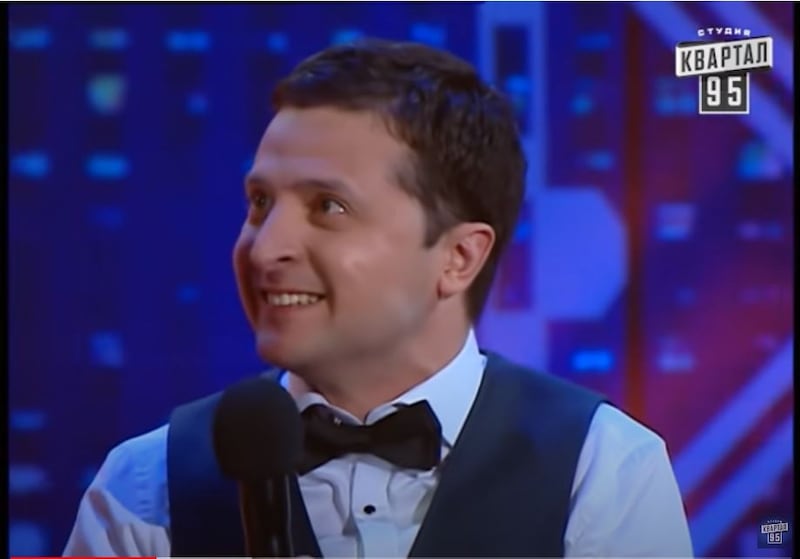
Zelenskiy christened his troupe Kvartal 95, meaning quarter 95, the neighbourhood where he grew up. He kept the name and friends of his youth when he transformed Kvartal 95 into a successful television production company. From 2014 until his election in 2019, Kvartal 95 held an annual Christmas concert for war orphans in Kryvyi Rih.
There is, the professors and officials at town hall tell me, a specific Kryvyi Rih character which Shaikan defines as a “highly organised community and an ability to forget disagreements”. Orlov believes it has something to do with “the severity of the industrial process”.
When Putin sent soldiers masquerading as “little green men” into the coal mining region of Donbas in 2014, he said it was to protect the miners. (Donbas means Donetsk mining region.)
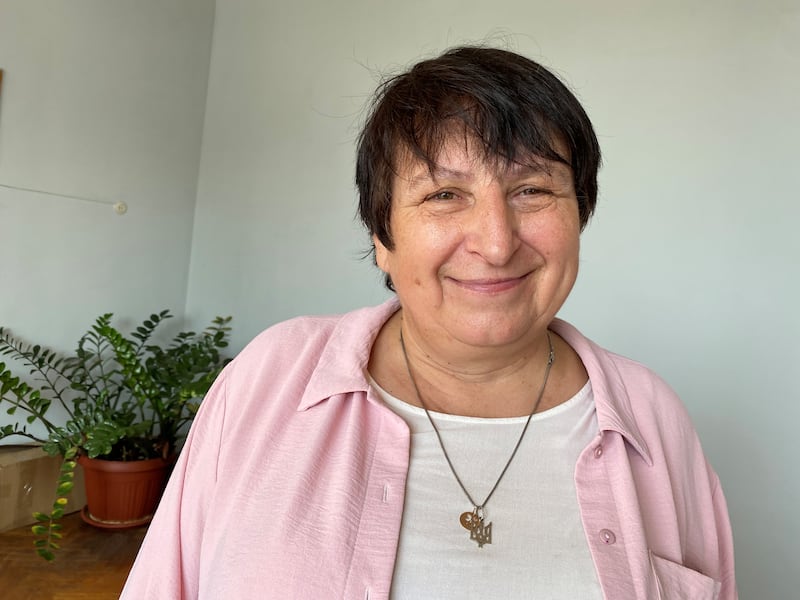
The iron miners of Kryvyi Rih joked that Donbas miners worked on their knees, as opposed to Kryvyi Rih miners who work standing up. Either way, it is dangerous work. Coal miners face the threat of methane gas leaks. Iron miners fear mudslides. A miner in Kryvyi Rih was killed in a mudslide that very day, Orlov told me.
“We deeply respect the miners and the mining industry,” Shaikan said. “There was a song considered a Kryvyi Rih anthem,” Orlov adds. “One of the lines is that Kryvyi Rih never bowed to any enemy.”
So, was it Kryvyi Rih that turned Zelenskiy into such a tough, scrappy character?
[ Heineken exits Russia at a loss of €300mOpens in new window ]
Shaikan and Orlov both say yes, but they also credit Zelenskiy’s father, Oleksandr, a mining scientist and mathematician who has done pioneering work on the process of excavating ore and methods of predicting where to find it.
Oleksandr still teaches at the university. During a missile alert, Shaikan and Orlov take me to the underground cellars which have become a university shelter shared with the public, and where prof Zelenskiy administers examinations. “He is a demanding man, of himself and others,” Shaikan says.
“But Oleksandr also transmitted joie de vivre and a sense of humour to his son,” Orlov adds. Shaikan quotes a recent quip by president Zelenskiy. When asked if he would be willing to give up territory in exchange for Nato membership, he replied, “Yes, [the Russian city of] Belgorod,” which is 40km from Ukraine’s border.

Shaikan switches between “Zelenskiy Volodymyr” and “The President”. They stayed in touch until the full-scale Russian invasion. Since then, their only contact was a virtual meeting between 10 Ukrainian universities. The Kryvyi Rih professors surprised Zelenskiy by using one of the old-fashioned wooden school desks he sat on during his university days. Most of the large plank desks have been given to the Territorial Defence Forces to make dug outs. They also make good machine gun platforms, says Shaikan.
“It is not a relic,” Skaikan says, as he and Orlov sit at the desk for a photograph.
“When Zelenskiy was elected, he told cabinet members, ‘Don’t put my picture in your offices. Put up your children’s pictures instead.’” Orlov says. “We’re not making a cult. You will not find a plaque or the president’s portrait here. But people remember.”
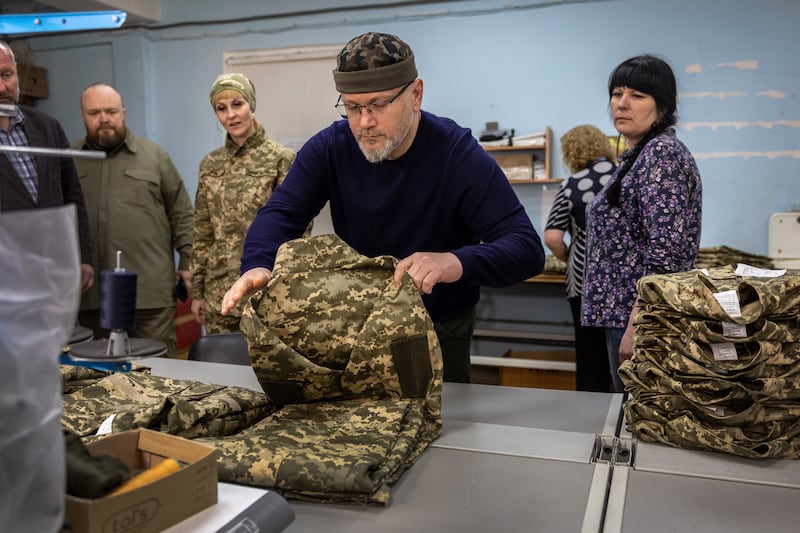
Oleksandr Vilkul heads the city’s defence council. At 49, Vilkul is four years older than Zelenskiy. One senses a certain envy on the part of politicians of Zelenskiy’s generation and home region. Vilkul was the president’s rival in the 2019 election. Like Zelenskiy, he dresses in a khaki uniform without insignia.
I ask Vilkul if he would have made a better president than Zelenskiy. “The war is showing that Volodymyr Zelenskiy is an ideal president for our country,” he says drily. “That is objective reality.”
Vilkul is sometimes criticised for having served as deputy prime minister under the pro-Russian president Viktor Yanukovych, who was pushed out by the 2014 Maidan revolution.
He frowns when I asked what altered his pro-Russian views. “I didn’t really change my views,” Vilkul replies. “Back then, nobody was attacking us and, now, we are under attack and we are at war. If Russians attack us, then we are at war with Russians.”
Kryvyi Rih has been attacked by Russia more than 60 times in 18 months, Vilkul says. For the first weeks of the invasion, Russians fired multiple rocket launchers from the outskirts of the city. They drew back but continue to fire drones and missiles. “We’ve had several direct hits on residential buildings,” Vilkul says. “A lot of people wounded and 28 fatalities.” Eleven people were killed in the most deadly attack, on June 11th.
Half a million refugees have transited Kryvyi Rih since February 2022. Refugees who have made their homes here since the 2014 invasion increased the population from 600,000 to 683,000. Larisa Sydorenko, the city’s co-ordinator for Internally Displaced Persons, is herself a refugee from Donetsk.
Kryvyi Rih fears radiation contamination if the Russians blow up the Zaporizhzhia nuclear power plant 100km down river. The city has also suffered the most severe consequences from the breach of the Nova Kakhovka dam, Vilkul says. “We have been forced to ration water: two hours in the morning and two hours in the evening.”
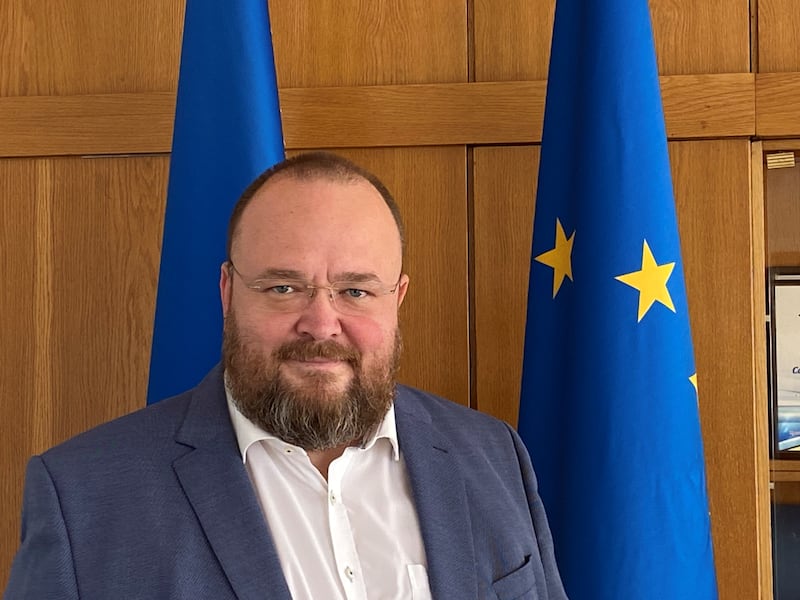
Sergiy Miliutin, one of five deputy mayors and also a refugee from Donetsk, is a cheerful, voluble man who dreams of twinning Kryvyi Rih with an Irish city.
Miliutin credits Vilkul with saving their city from Russian occupation.
Memories of the ingenious defence of the first days of the war are a comfort, at a time when Ukraine is under pressure to achieve military victory.
“Vilkul put buses and trucks on the landing strip of the airport so Russian aircraft couldn’t land,” Miliutin recalls. “The Russians sent a huge military convoy from Crimea. God was on the side of Ukraine because it rained and the tanks had to stay on asphalt.”
Vilkul dispatched huge, three-storey high Belaz trucks used in open iron ore pits to block the advancing tanks. The Ukrainian air force bombed the head and tail of the convey and the Russians fled, abandoning their armour.
“Ukrainian farmers towed Russian tanks with tractors. It happened in Kryvyi Rih,” Miliutin says proudly. “We had to find people who had served in the Soviet military to use the equipment. We fought the Russians with their own artillery, still emblazoned with the Z because we didn’t have time to repaint it.”
Such is the spirit of Kryvyi Rih, of its native son Volodymyr Zelenskiy and of the entire nation.




